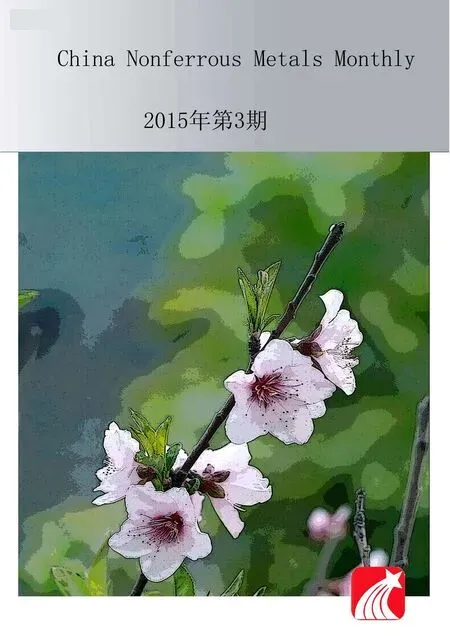Five Major State-Level Copper, Lead, Zinc Resource Succession Bases in Tibet Have Initially Taken Shape
?
Five Major State-Level Copper, Lead, Zinc Resource Succession Bases in Tibet Have Initially Taken Shape
According to the Chengdu Center of China Geological Survey, five major state-level copper-lead-zinc resource succession bases in Tibet have initially taken shape, featuring tremendous resource potentials.
It has been learned that these five major resource succession bases are respectively copper-lead-zinc molybdenum iron prospecting development base in Central Tibet, chromite prospecting development base in Southern Tibet, copper-lead-zinc multiple metal prospecting succession base in Eastern Tibet, salt lake resource prospecting development base in Northwestern Tibet and copper and iron lead zinc prospecting reserve base in Northwestern Tibet.
The copper-lead-zinc molybdenum iron prospecting development base in Central Tibet crosses 2 important metallogenic belts of Gangdise and Southern Tibet Himalaya, including 6 ultra large mineral deposits, 24 large or potentially large copper (molybdenum) lead zinc multiple metal mineral deposits.
The Luobusha large chromite mineral deposit discovered at the chromite prospecting development base in Southern Tibet region is the only large chromite mine in the whole country. This region has also discovered 4 small chromite mineral deposits, and about 55 chromite (mineralization) spots. By the end of 2013, the chromite controlled by this region accounts for 50% of national proved chromite reserve, currently the prospecting work is still under way, and will continually make new prospecting breakthroughs. According to forecast, Luobusha mining zone’s chromite prospective resource potential is above 20 million tonnes. According to research results, resources in this region feature good endowment and relatively good transportation and energy conditions, it is a preferred region for constructing state-level chromite prospecting development base.
The copper-lead-zinc multiple metal prospecting succession base in Eastern Tibet includes one Yulong ultra large copper mineral deposits, and 10 large mineral deposits, the controlled copper resource volume is above 10 million tonnes, lead zinc resource volume is above 5 million tonnes, making it a preferred region for constructing state-level key mineral resource prospecting succession base for multiple metals such as copper, and lead zinc.
The salt lake resource prospecting development base in Northwestern Tibet has 7 large mineral deposits, and 4 mid-size mineral deposits, it has discovered more than 100 mineral deposits (spots) of salt lake mineral resources rich in boron, lithium, potassium, sodium, magnesium, bromine, rubidium, cesium, sodium sulfate, halite etc, and is expected to be built into a state-level salt lake resource prospecting development base.
The copper, iron, lead, and zinc prospecting reserve base in Western Tibet includes 2 ultra large copper and gold mineral deposits of Bolong and Tiegelongnan as well as 12 large or potentially large copper (gold) iron mineral deposits, the existing controlled copper resource volume is above 10 million tonnes, associated gold resource volume is above 500 tonnes, it can be used as state-level prospecting reserve base for key mineral resources such as copper and gold.
 China Nonferrous Metals Monthly2015年3期
China Nonferrous Metals Monthly2015年3期
- China Nonferrous Metals Monthly的其它文章
- Gansu Focuses on Cultivating Nonferrous Metallurgy New Material Industry
- BAIC and Nanshan Aluminum Reached Agreement on Five-year Long Strategic Cooperation to Concentrate on Developing Light Weight Vehicle Body
- Jiangxi Discovered a Large Tungsten Mine Which May Create the World’s Largest Tungsten Mineral Deposit Reserve Record
- Chongqing Hechuan District Plans to Build 10 Billion Yuan Size Aluminum Industry Park
- 10 Billion Yuan Transport-use Aluminum Market Invigorated the Vitality Of the Aluminum Deep Processing Industry
- Henan Nonferrous Metals Industry Association Estimates The Operation Capacity of China’s Aluminum Industry in 2015 Will Grow by 7%
